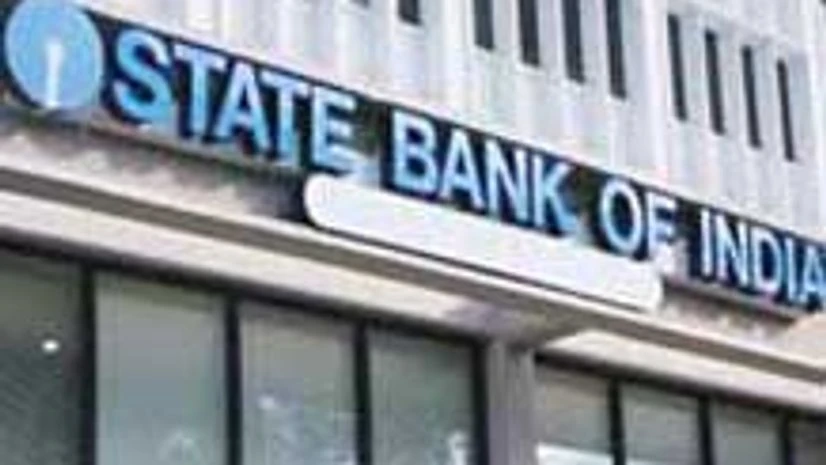State Bank of India (SBI)’s capacity to lend will rise by at least Rs 2 lakh-crore by March 2016, owing to equity infusion of Rs 15,000 crore and about Rs 10,000 crore of retained earnings this financial year.
An SBI executive said considering an estimated 12 per cent capital adequacy ratio, the bank could generate risk-weighted assets of Rs 1,20,000 crore. Going by past trends, the lender will retain earnings of at least Rs 10,000 crore this financial year, helping support additional assets worth Rs 80,000 crore, said an analyst with a rating agency.
On Wednesday, the SBI stock closed at Rs 334.4 on the BSE, up 1.4 per cent.
Also Read
For the six months ended September 2014, the bank’s stand alone net profit stood at Rs 6,449 crore. For 2013-14, SBI recorded a net profit of Rs 10,891 crore, against Rs 14,104 crore in 2012-13. At the end of September 2014, the lender’s risk-weighted assets stood at Rs 15,06,519 crore.
Next month, the bank is set to hold a meeting of shareholders to secure an approval for its equity-raising plans.
In a note to shareholders, the bank said its board of directors has decided it should maintain a minimum capital adequacy ratio of 12 per cent, with tier-I capital of nine per cent, from this financial year. Based on the estimated growth in risk-weighted assets and plough-back of profits, it is expected the bank will require additional capital this financial year and the next.
A senior SBI executive said besides Basel-III norms and business growth, credit costs (the sum set aside for stressed loans) and costs associated with possible merger of associate banks with itself were driving the bank’s capital-raising activity.
SBI said it needed adequate capital to match the estimated growth in assets and comply with the stipulated capital adequacy ratio. From FY16 to FY19, it will have to build a capital conservation buffer of 0.6 per cent every year. And, the proposed rules for counter-cyclical capital buffers and domestic systematically important banks will mean keeping additional capital on its books.
Targeting the required capital adequacy ratios at an early stage will ensure a smooth transition to the FY19 capital requirements, the bank said.
As of September 2014, SBI’s capital adequacy ration (under Basel-III norms) was 12.2 per cent, with tier-I capital of 9.6 per cent.

)
